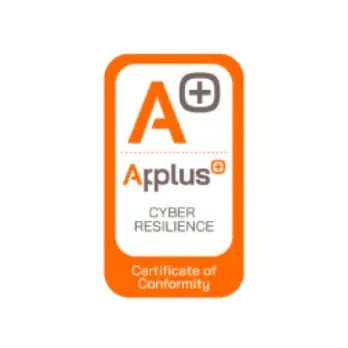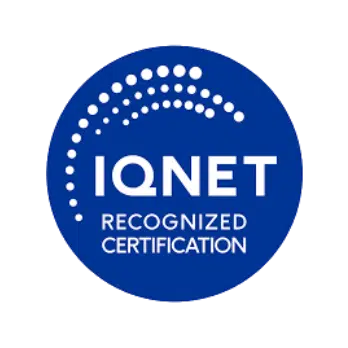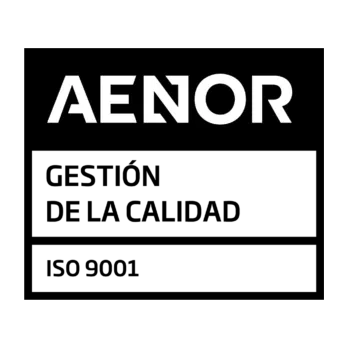On the Svalbard Islands, halfway between mainland Norway and the North Pole, lies one of the world’s most important security facilities for humanity: the Svalbard Global Seed Vault. This vault, carved into permafrost, is designed to protect millions of seed samples from around the world against wars, natural disasters, and the passage of time. Alongside it, the Arctic World Archive preserves historical and cultural data on ultra-long-term media. These facilities are paradigmatic examples of how a vault can safeguard not only financial assets but also biodiversity and heritage. At Arcas Gruber, European leaders in safes and euro-grade safes, we apply the same principles of shielding, redundancy, and environmental control to international security projects. For a global overview of comparable facilities, see our ranking of the 10 most secure vaults in the world.
Permafrost design: nature as a shield
What sets Svalbard apart from other vaults like Fort Knox or the Bank of England is the use of its natural environment as a defense. Excavated into frozen rock dozens of meters underground, the vault benefits from:- Thermal stability: permafrost maintains below-zero temperatures even without electricity, ensuring conservation.
- Geological isolation: solid frozen rock serves as a natural barrier against intrusion and natural disasters.
- Remote location: its remoteness makes unauthorized access extremely difficult.
Internal structure and reinforcements
Access is gained through a tunnel over 100 meters long leading to a series of internal chambers. Technically, the design includes:- Armored doors of great thickness, resistant to mechanical and thermal attacks.
- Metal reinforcements in the tunnel structure to absorb loads and prevent collapse under impact.
- Compartmentalized rooms, allowing differentiated control of access and environment.
- Redundant environmental control, with refrigeration systems maintaining stable temperatures around –18 °C.
Armored door and access systems
The main entrance functions as both a mechanical and symbolic bastion. Its features include:- Over 1 meter thick, combining steel and high-resistance mineral compounds.
- Multi-way bolts of large diameter securing the perimeter of the door.
- Internal relockers that activate automatically in case of an attempted breach.
- Overlapping geometry, preventing the use of levers.
International custody protocols
The Svalbard Vault is not owned by a single country or institution but is managed by an international consortium. This adds an organizational layer of security:- Shared custody: no single entity has full control of access.
- Audit records: every entry is logged and supervised.
- Neutral policy: Norway guarantees access to all nations, reducing political risk.
Detection systems and redundancies
Despite its remote location, Svalbard integrates advanced detection systems:- Seismic sensors to detect drilling or impacts along the access tunnel.
- Motion and presence sensors in hallways and intermediate access points.
- Redundant environmental control with constant monitoring of temperature and humidity.
- Integration with Norwegian control centers, supported by redundant satellite communication.
The Arctic World Archive: data for a millennium
Next to the Seed Vault lies the Arctic World Archive, built to preserve historical, cultural, and scientific data for up to a thousand years. Its technical features include:- Advanced analog media like specially treated optical film that requires no electricity to preserve information.
- Stable environmental conditions, guaranteed by permafrost and redundant refrigeration systems.
- Armored doors and compartments, conceptually similar to financial high-security vaults.
Comparison with financial vaults
Unlike Fort Knox or the Bank of England, Svalbard’s mission is not to protect gold or currency but biodiversity and data. Yet the technical principles are equivalent:- Multi-layered shielding to resist mechanical and thermal attacks.
- Armored doors with relockers ensuring secure closures.
- Advanced sensors for intrusion detection.
- Divided custody to prevent any one person or entity from having full control.


